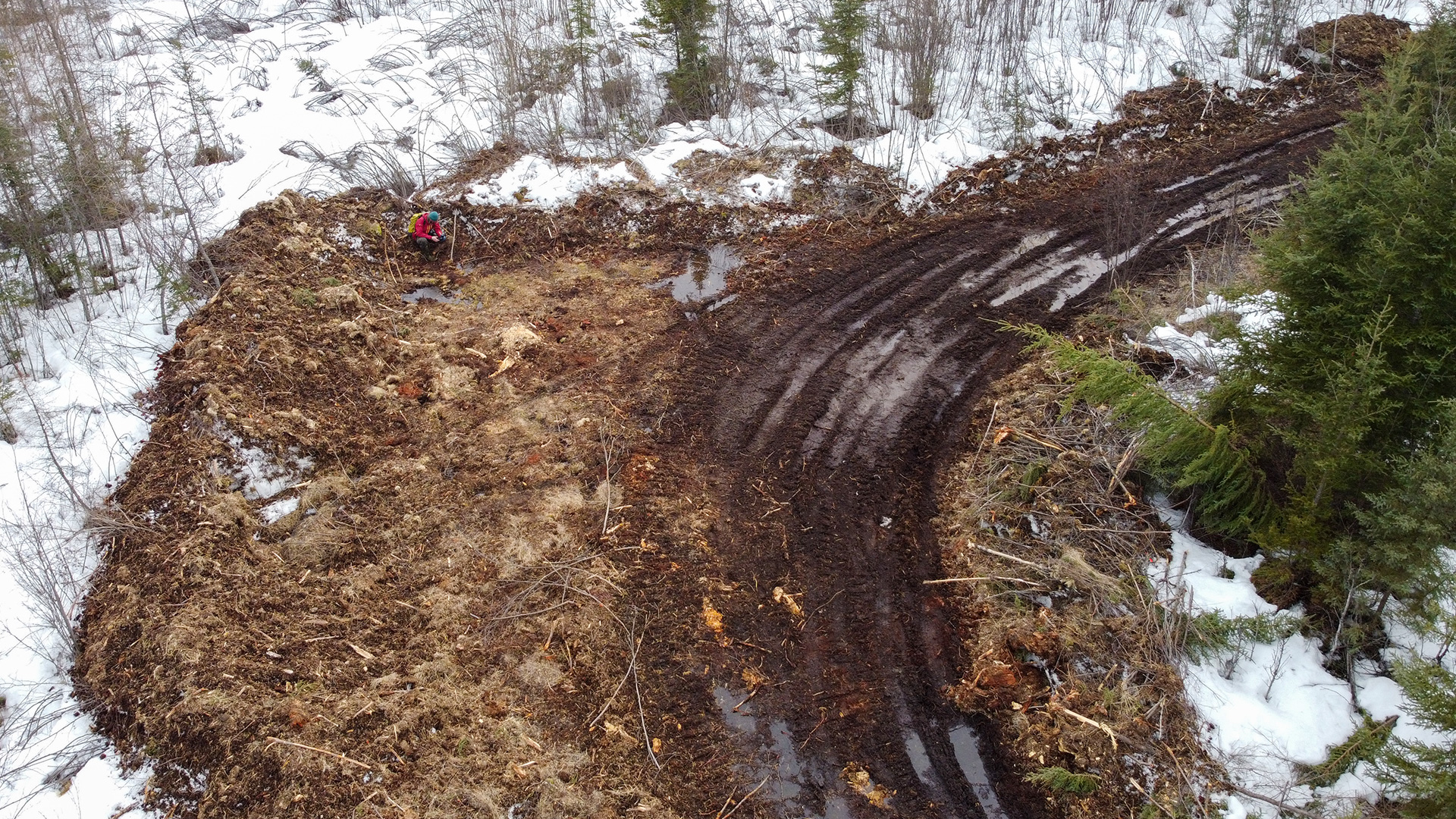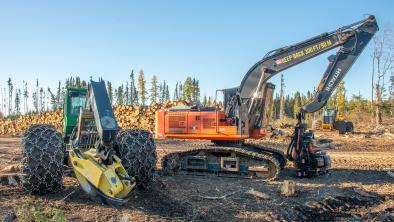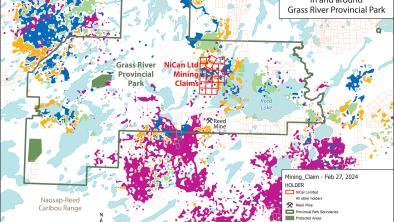Critical action on mineral extraction

The hot new buzz term in Manitoba is critical minerals. We keep hearing critical minerals will mean so much for this province. But what will it/they mean for the climate? The previous government put out a laughable critical minerals strategy and our new government promised a “real” critical mineral strategy in ministerial mandate letters. Before we can buy into the sales pitch we’re getting, we have questions such as: what’s our goal?
Today, our greatest task as a society is to confront the climate and biodiversity crises together. We must question if the critical minerals are good for climate action. If the transition to cleaner energy and off fossil fuels requires critical minerals, then a critical mineral strategy is actually a climate strategy.
In a recent Manitoba example, the silica sand mine in Hollow Water First Nation territory was approved because it plans to provide material for a solar glass plant. But we don’t have a strategy to include solar panels in our climate safe future. We don’t even have a climate plan.
A critical minerals strategy climate document must directly lead us away from fossil fuels. Otherwise, it’s simply a sales brochure for the mining industry or a government hand-out of public money to corporations in a dirty and destructive industry. And an industry that costs us billions of dollars. We spend over a million dollars every month in Manitoba to tackle orphaned and abandoned mine sites that are slowly poisoning lands and waters, and we are barely making progress.
We need the mining industry to clean up their act. We need them to be responsible and not damage the lands and waters. We need them not to dig and run, not to take their profits and fold before rehabilitation of toxins and mine sites is complete. We need critical action on mineral extraction. And for this, we need a proper strategy.
Did you know that one of the tests for releasing mining wastewater into our waterways involves killing marine life? The contaminated water is considered acceptable if it only kills half the fish exposed to it. And this audacious test is part of the water protection regulations that the mining industry has been actively lobbying against for years, attempting to further water down our environmental protection laws.
![The closed Reed Mine site, operated by HudBay in Grass River Provincial Park has not been rehabilitated as of 2021 [Eric Reder]](/sites/default/files/inline-images/21-07-reed-mine-site.jpg)
A critical strategy for mineral extraction in Manitoba must uphold endangered species legislation, not ignore it. As an example, the ongoing extensive exploration near Nopiming Provincial Park — the most endangered boreal caribou range in Manitoba — needs to stop until the province complies with federal species law and produces an action plan for this caribou range. Additionally, the Manitoba government just announced they were funding mining company NiCan Ltd. for exploration work near Snow Lake. Their claims are in Grass River Provincial Park and in threatened boreal caribou range that also has no action plan.
We need the critical action on Indigenous economic reconciliation First Nations in Manitoba have asked for. For the mineral extraction industry, that means every single company staking a claim or doing work on a First Nations territory must have an Impact and Benefits Agreement with that Nation. The Manitoba government can implement a regulation that requires this, rather than leaving it to individual nations to fight for.
And a final critical action on the mineral extraction industry is the publication of work permits and environmental analysis for mineral exploration. The current secrecy behind the issuance of exploration permits to bulldoze nature must change. Who plowed a road through cottage country in Nopiming Provincial Park in January 2024 for mineral exploration? Which government scientist looked at the expected damages and said, “that's fine”?
We don't need government cheerleading for the mineral industry. We just need appropriate environmental laws and a transparent public process.
A majority of Manitobans will tell you they support mining and the mining industry. But a majority of Manitobans also support an end to industrial activity in sensitive areas like provincial parks. Mining has a role that folks support but they want it done in the right place and in the right way.
Economic Development, Investment, Trade and Natural Resources Minister Jamie Moses has been given a mandate to produce a “real” critical minerals strategy. Manitoba critically needs a strategy that makes the mining industry respectful of the environment and responsible to Manitobans.
On March 3 the Manitoba government opened an Engage Manitoba survey about their new critical mineral strategy. Please follow this link and ask the Manitoba government to include the above mentioned points in their new strategy.


